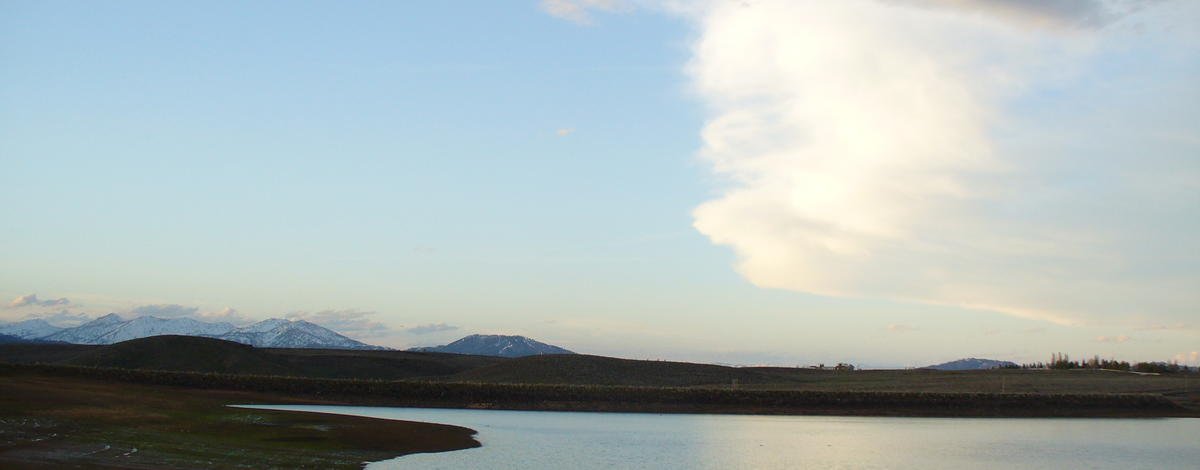Idaho Fish and Game initiated the first fish salvage order of 2021 in mid-June due to low water, which is earlier than usual and signals more challenges ahead as summer progresses. With drought in some areas and record-high temperatures in portions of the state in late June and July, conditions may become hazardous for fish.
“Fish salvage is common in Idaho, but this is about two months earlier than normal, so this is shaping up to be a bad year,” Fish and Game State Fisheries Manager Joe Kozfkay said.
Fisheries managers closely watch these situations involving high temperatures and low water and know what actions to take. These decisions aren’t taken lightly, and they can be controversial in the literal “heat of the moment,” but biologists have experience and scientific research to guide them.
If there’s a reservoir, lake or pond that’s destined to be drained by the end of summer, or become uninhabitable to fish, a fish manager has limited options: trap and relocate fish, offer salvage fishing, do nothing, or a combination of them.
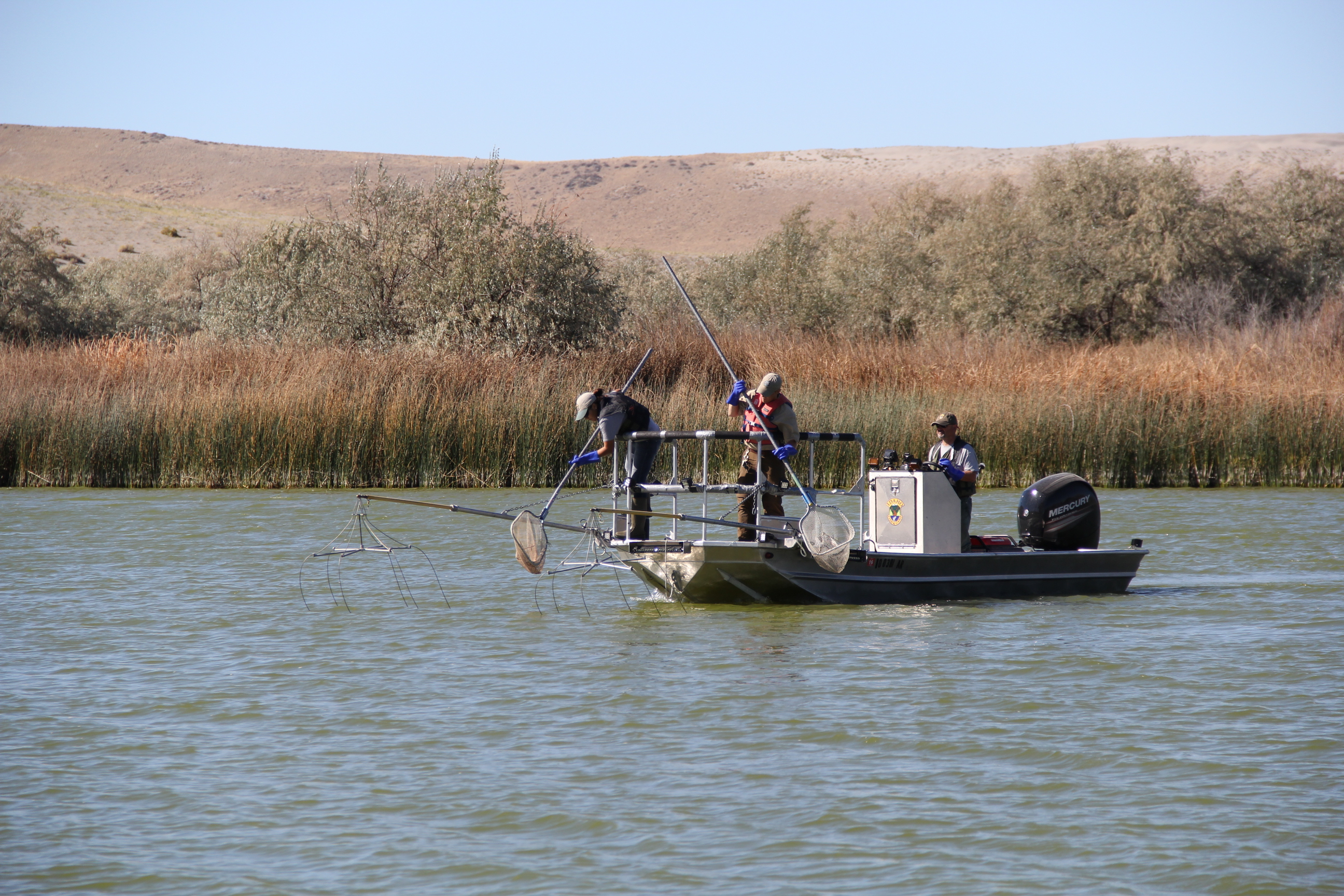
“Anglers may think we’re reluctant to trap and relocate fish, but under the correct circumstances, the opposite is true,” Kozfkay said. “Our staff will work hard to provide and maintain fishing opportunities, and sometimes, rescuing stranded fish is a good use of resources.”
Fish and Game strives to provide the most fishing opportunity possible while also wisely using money provided by anglers’ license fees. Biologists hedge their bets by putting the most resources into locations that are most likely to have reliable water supplies and abundant fish.
To save or salvage
Overall, fish in Idaho are resilient, and depending on the severity of the situation, populations can be unaffected, or quickly rebound. Unfortunately, that’s not always the case, especially when reservoirs and ponds are drained so low, or become so warm, that they no longer support the preferred fish species.
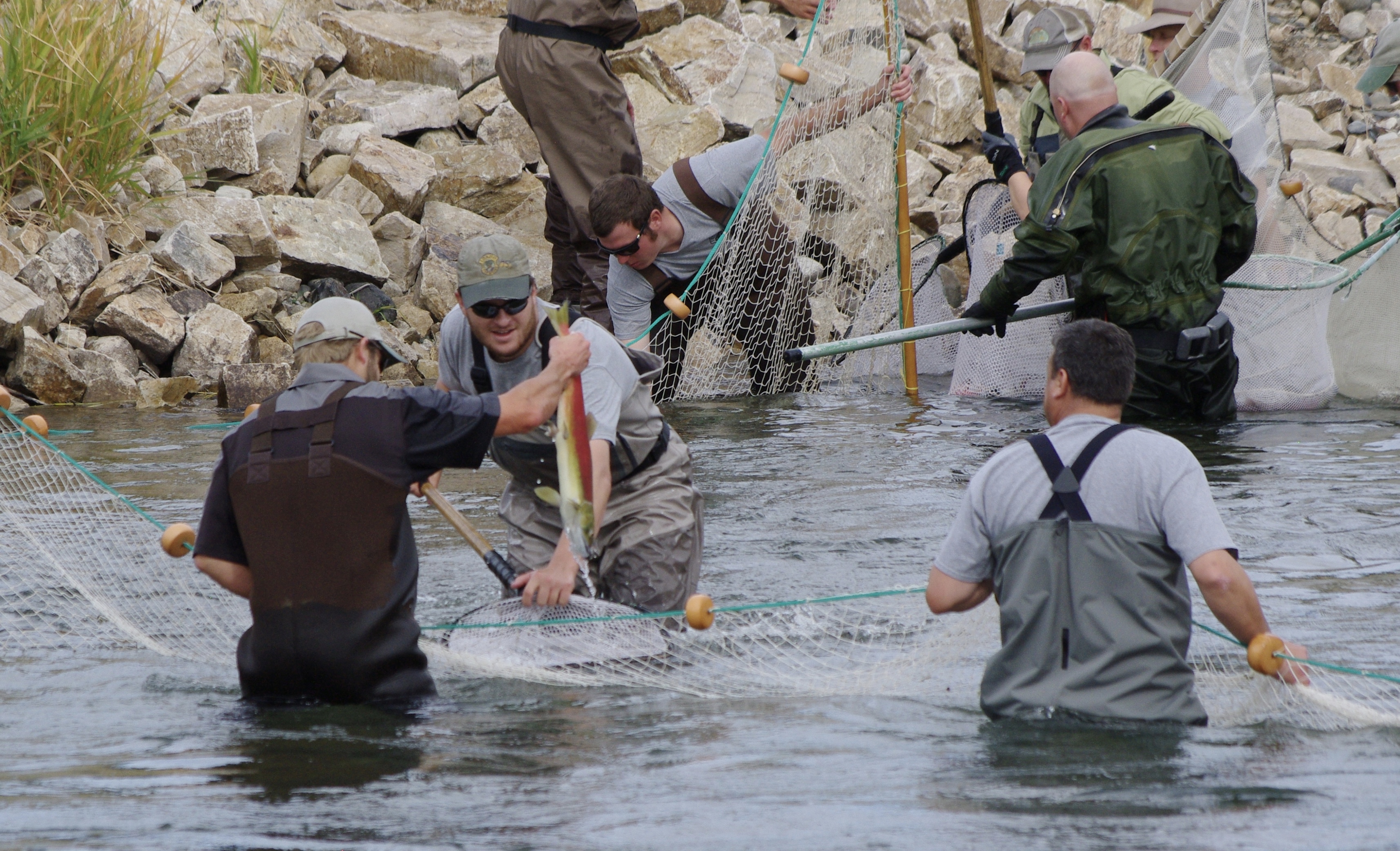
The decision to trap and relocate fish is based on two questions. First, can the fish be captured and transported effectively and efficiently? A variety of factors are considered to answer that question, such as accessibility, whether fish are too stressed to be safely captured, transported and transplanted, and whether there are competing work demands, or other factors.
The second question: Would translocated fish substantially improve the fishery in the receiving water? Managers often have to make a difficult call whether there is an actual need for more fish, such as juveniles, in the receiving water. There may be pressure from anglers wanting to “save” all the fish, even though those fish may offer little, if any, benefit in the water where they’re placed.
“We face a cost/benefit decision, and there may be other projects that provide more benefits,” Kozfkay said. “But we also realize that may be difficult for anglers to understand when their favorite fishing spot is threatened.”
Unfortunately, allowing salvage fishing may be a better alternative in some cases, even knowing the fish that anglers don’t harvest are likely to die.
Water is a vital and finite resource
It’s common for anglers to be frustrated when they see their favorite fishery withering away, but consider this: most Idaho reservoirs were built to store irrigation water. The fact that game fish populations exist there is because water owners and managers have worked cooperatively with Fish and Game to provide fishing opportunities. But a water manager’s first priority and obligation is to deliver irrigation water.
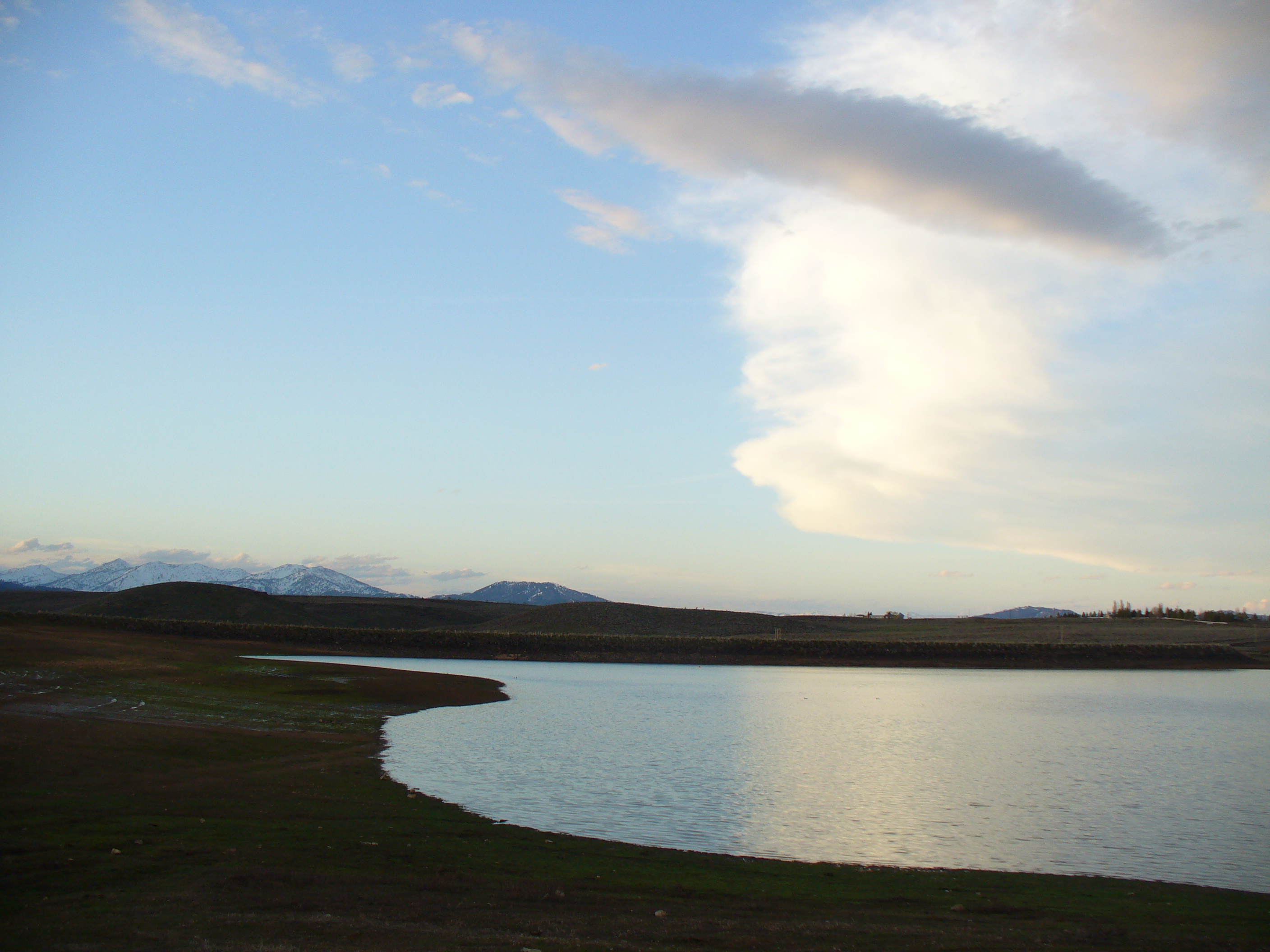
It can also be frustrating for biologists who work to provide those fishing opportunities, but fisheries managers know they may periodically lose fish populations and have to restart them. Fish and Game provides those opportunities while also knowing that the future is uncertain.
Most cases are short-term setbacks, but in extreme cases, it can take years to recover fish populations in a body of water because it may require Fish and Game to restock catchable trout or fingerlings, or transplant other fish, such as bass or panfish, and hope they restart a self-sustaining population.
Rivers are more resilient
The situation is usually less dire in Idaho’s rivers and streams. Fish in those waters, typically trout, have evolved to withstand the rigors of varied temperatures and river flows. After all, high and low water years and hot summers existed long before humans started managing Idaho’s wild trout populations.
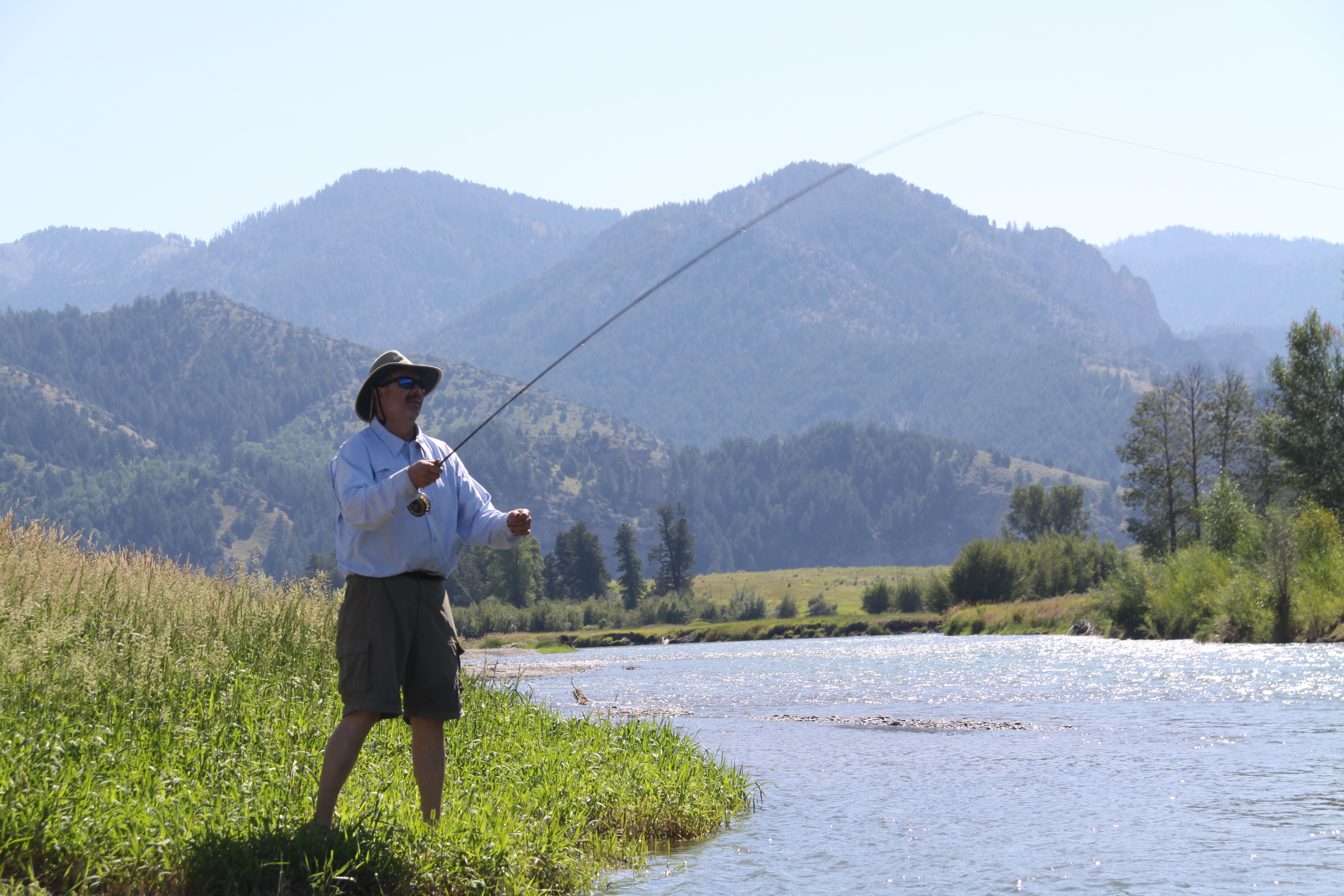
Many of Idaho’s river systems have a variety of elevations, terrain and environments. When rivers get warm during summer, fish can usually migrate into areas with cooler water, such as higher elevations, or tributaries that are shady and cooler.
Fish may also alter their daily activity and become more active when the water is coolest – typically at night and early morning – then rest when water is warmest.
Trout populations are resilient for reasons anglers may not suspect. It’s counter intuitive, but trout populations often remain stable not because fish rarely die, but because many die.
There’s high annual turnover in many of Idaho’s trout streams, typically ranging from 30 to 60 percent of the population. One might think that would lead to drastic swings, but that high turnover is actually what makes the population stable.
There is a core of adult fish – the ones anglers are typically trying to catch – and then there is the remaining population of younger fish, which is like bench players on a baseball team. A portion of the adult populations is lost each year, and enough of those younger fish survive to grow and fill those gaps.
The best protection for trout is healthy rivers where they can find cold-water refuge during periods of high temperatures, so ensuring fish can freely move up and down the river system and into tributaries helps sustain healthy and abundant populations.

That’s one reason why Fish and Game devotes manpower and resources to improving river habitat to ensure self-sustaining populations are protected and able withstand periodic extreme conditions, including hot weather and low flows.
Anglers help protect fish without realizing it
Think about the hottest days of summer. We tend to avoid being active during the most intense heat, and so do fish, which makes them less likely to get caught by anglers.
Biologists know from experience, as well as common sense, that when fishing is slow and it’s uncomfortable for both anglers and fish, fewer people go fishing, or spend less time doing it. That means fewer fish get caught when they are most stressed from heat and vulnerable to angling-related mortality.
That’s one reason Fish and Game seldom restricts anglers during extreme summer temperatures. The angling pressure usually wanes to the point that anglers are unlikely to affect the fish populations, although the department can impose temporary fishing restrictions if needed to protect the population.
Nearly all fish populations are cyclical
Whether in a lake, reservoir, pond or river, fish populations have good years and bad years, and in many lakes and reservoirs, they can have both in the same year because certain conditions favor one species over another.
Fisheries managers use science and experience to know when it’s time to step in and protect or restore a fish population, and when to let the situation play out knowing that it’s likely to have minimal effect on the long-term fish populations.

